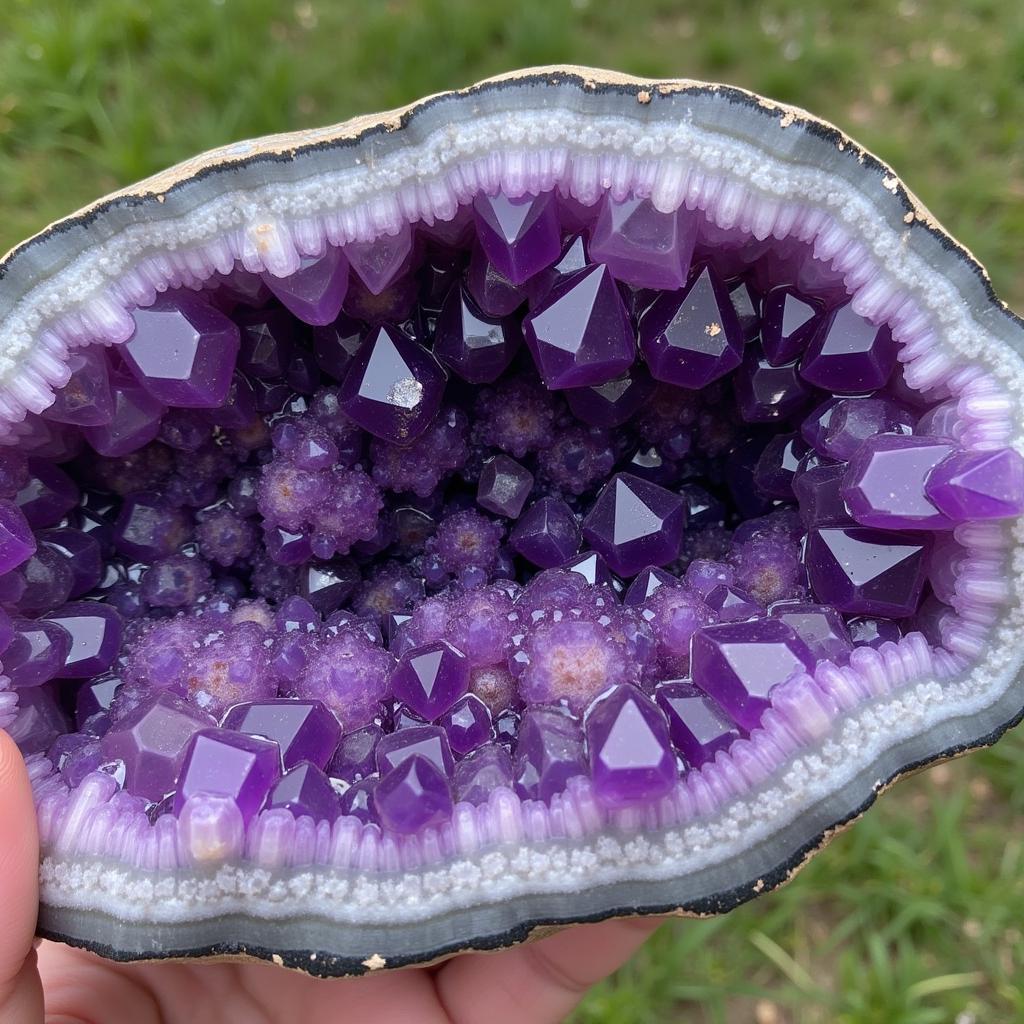Mastering African Drumming Techniques
African Drumming Techniques are a captivating blend of rhythm, history, and culture. From the intricate hand patterns of West African djembe to the hypnotic beats of East African ngoma, the diverse techniques across the continent offer a unique musical journey. This article explores the rich tapestry of African drumming, unveiling the secrets behind its mesmerizing rhythms and cultural significance.
The heart of African drumming lies in its complex interplay of rhythms and techniques. These rhythms, often passed down through generations, are not merely musical expressions; they are a language, a form of storytelling, and a vital thread in the fabric of African communities. Learning these techniques provides a deeper understanding of African culture and heritage. Shortly after exploring the basics, you will discover the immense depth and diversity within these traditions. You’ll find yourself drawn into a world where music transcends entertainment, becoming a powerful means of communication and cultural preservation.
Exploring Different African Drumming Techniques
Across the vast continent of Africa, a myriad of drumming traditions thrive, each with its distinct techniques and cultural significance. Let’s journey through some of the most prominent styles:
- Djembe Drumming (West Africa): Originating in West Africa, the djembe is a goblet-shaped drum played with bare hands. Djembe drumming is characterized by its intricate hand patterns and powerful bass tones, creating a dynamic and energetic sound. The technique involves using different parts of the hand to produce a variety of sounds, from sharp slaps to deep resonant tones.
- Talking Drum (West Africa): This unique drum mimics the tones and inflections of human speech, earning its name. By squeezing the cords connecting the drumheads, players can alter the pitch, creating a melodic and communicative drumming style. This technique requires immense skill and control, allowing drummers to convey complex messages through their music.
- Ngoma Drumming (East Africa): Ngoma drumming encompasses a wide range of drumming styles found in East Africa. Often played in ensembles, ngoma drums vary in size and shape, producing diverse rhythms and tones. These rhythms often accompany ceremonies, rituals, and celebrations, playing a vital role in community life.
- Kpanlogo Drumming (Ghana): This energetic drumming style from Ghana is characterized by its fast-paced rhythms and intricate polyrhythms. Kpanlogo drums are played with sticks, creating a bright and sharp sound. The technique involves intricate stick work and coordination, creating a vibrant and infectious musical experience.
After familiarizing yourself with these different drumming styles, you can begin to appreciate the depth and diversity of African drumming traditions. Each region and culture offers a unique perspective on this ancient art form. This diverse tapestry of rhythms reflects the richness and complexity of African culture.
How to Learn African Drumming Techniques
Embarking on your journey to learn African drumming can be an enriching experience. Here’s a step-by-step guide to help you get started:
- Find a Qualified Teacher: Learning from an experienced drummer is crucial, especially for foundational techniques. A good teacher can provide personalized guidance, correct your posture, and help you develop proper hand techniques.
- Start with the Basics: Focus on mastering fundamental hand positions and strokes before moving on to more complex rhythms. This will build a solid foundation for your drumming journey.
- Practice Regularly: Consistent practice is key to improving your drumming skills. Even short, regular practice sessions can lead to significant progress.
- Listen to African Music: Immersing yourself in African music will help you develop an ear for the rhythms and nuances of the different drumming styles.
- Attend Workshops and Festivals: Participating in workshops and festivals can provide opportunities to learn from master drummers and connect with other drumming enthusiasts.
Remember, learning African drumming is a journey, not a destination. Embrace the process, enjoy the rhythms, and allow yourself to be transported by the power of the drum. You can explore similar rhythms in our article about African Caribbean folk.
The Cultural Significance of African Drumming
Beyond its musical beauty, African drumming holds deep cultural significance. It plays a vital role in:
- Storytelling and Oral Tradition: Drums are used to communicate stories, history, and cultural values, passing down knowledge through generations.
- Rituals and Ceremonies: Drumming accompanies important life events, from births and marriages to funerals and festivals, marking significant moments in the community.
- Social Gatherings and Celebrations: Drumming brings people together, fostering a sense of community and shared identity through music and dance.
- Healing and Spiritual Practices: The rhythmic vibrations of the drums are believed to have healing properties, promoting physical and emotional well-being.
Understanding the cultural context of African drumming enriches the learning experience, adding depth and meaning to the rhythms. You can find a similar sense of community in African Footscray.
Conclusion
African drumming techniques are a testament to the rich cultural heritage of the continent. From the mesmerizing rhythms of the djembe to the communicative power of the talking drum, exploring these techniques offers a unique window into African music and culture. By understanding the history, techniques, and cultural significance of African drumming, we can appreciate the power of this ancient art form to connect us to our shared human heritage. Continue your journey into African music by exploring our article about African expeditions music.
FAQ
- What is the most common African drum? The djembe is one of the most widely recognized African drums.
- Are all African drums played with hands? No, some drums are played with sticks, like the kpanlogo drums of Ghana.
- What is polyrhythm in African drumming? Polyrhythm is the layering of different rhythms simultaneously, creating a complex and interwoven musical texture.
- Can I learn African drumming online? Yes, there are online resources available, but in-person instruction from a qualified teacher is recommended, especially for beginners.
- What are some other popular African instruments? Other popular African instruments include the kora, balafon, and mbira.
- How long does it take to learn African drumming? The learning process varies depending on individual dedication and practice.
- What is the significance of the talking drum? The talking drum is unique for its ability to mimic human speech, allowing for complex communication through music.
You can also explore the vibrant African scene in Berlin in our African in Berlin article. For information about unique instruments like the African gourd drum, check out our dedicated article.
More Questions? We’re Here to Help!
If you have further questions about African drumming techniques or need assistance with any related topics, don’t hesitate to contact us.
Contact Information:
- Phone: +255768904061
- Email: [email protected]
- Address: Mbarali DC Mawindi, Kangaga, Tanzania
Our customer service team is available 24/7 to provide you with the support you need.



